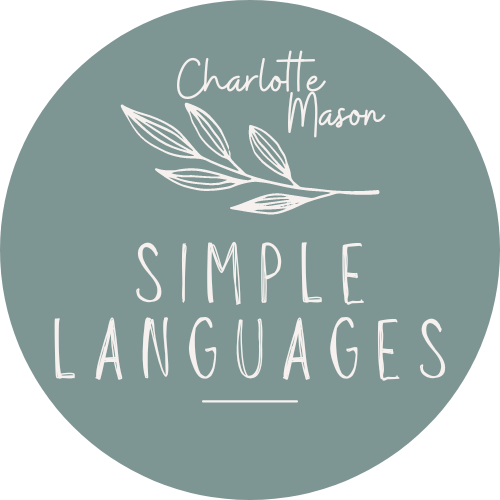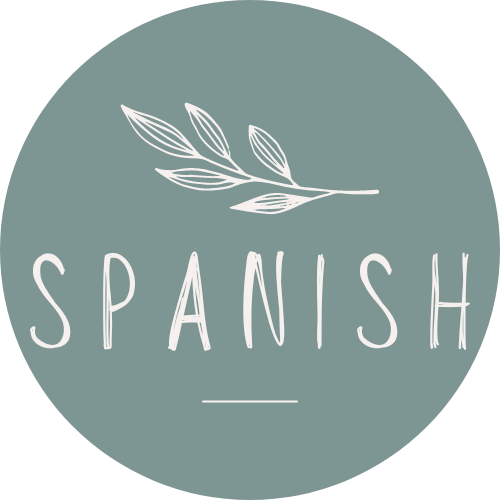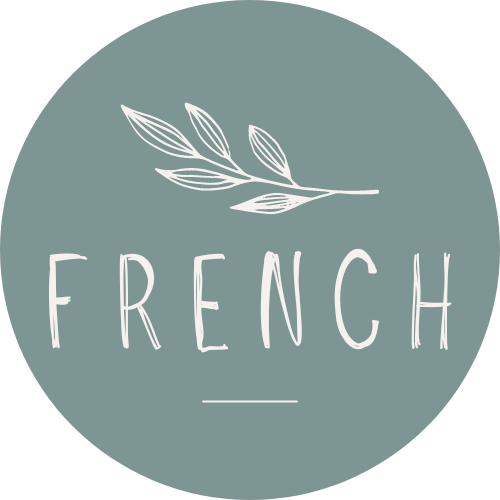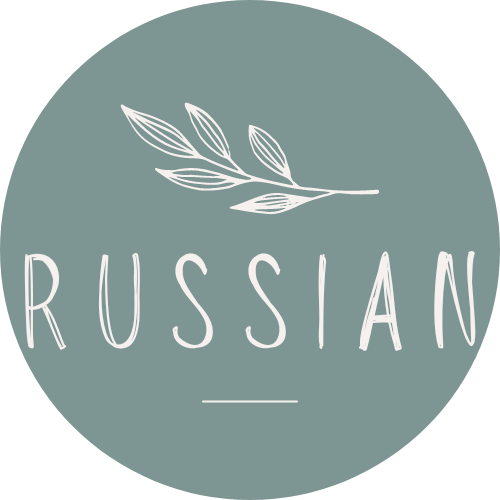Formal or Informal Lessons?
Before I explain how to use the formal and informal lessons, let me define what those words mean to me:
In a few words, when you are going to have a formal lesson, you are going to dedicate a time to purposefully teach something to your child. So, this is not just teaching as life happens (which is what I would define as an informal teaching) but more like when you sit at the table and go through a lesson during a specific time of the day with a specific goal.
Charlotte Mason wrote about the benefits of starting language learning at a young age, and recent studies confirm that the younger the better! She said that the younger a student begins, the more like a Native they will speak. And why is sounding like a Native speaker so important for communication? Because a mispronounced word can have a very different meaning or can just not be understood at all, making conversation difficult and maybe even unpleasant.
Charlotte Mason recommended having a nanny (or "nurse") who could speak in the target language. So if you can afford that, go for it! Having one person speaking only Spanish to your child is one of the modern day favorite methods (linguists call this the “One Parent One Language” or OPOL approach). But if this doesn’t work for your family, then you can use this curriculum and I will be like a virtual nanny! Miss Mason had her schools teaching foreign language in a formal setting. I believe though, based on her recommendations, that formal AND a nanny (informal) at home would be best!
Therefore, our curriculum has two aspects: “the nanny" and the ”formal.” The nanny would be doing all the informal activities in the curriculum whenever possible, for as long as you want. Maybe if you learned about spiders, you would pull up the Unit 1 song and sing it. This is just as if you had a Spanish speaking nanny in the house playing with and reading to your kids.
Now, if you are still in the early years stage, use the songs, poems, and books as you wish. It could be just listening to it, learning one unit a week, one a month, and so on. It all depends on your child's prior knowledge of Spanish. For example, children raised in bilingual families will move faster through the Units than those who have not been exposed to the language before.
But if you want to have formal lessons, a more academic study of the language, and want to add Spanish as another academic subject, then for Year 1 you can add to your schedule 10 min lessons 3 times a week (I recommend 2 for the book and 1 for the poem) and a 15 min class to learn the songs. From Unit 4, you will receive an extra packet of "formal lessons" with all the audios, pictures, and translations you will need for each lesson. This packet is independent from the informal studies and therefore optional. If you decide to use it, you will have the following lessons:
-The book study: We will complete 3 Spanish books in this year-long curriculum. The first book will gradually transition into formal studies. The second and third books are formal book study (beginning in Unit 4). First you will learn each noun and verb in the book through gestures and pictures (included in the cards). At the end of the book lessons you will receive the audio files for the whole book to listen to now that the foundation has been set with your child having been taught the nouns and verbs.
-Poem recital: You will learn and be able to recite 2 poems per term. Each poem is divided into small sections, and each section will have a card with the pictures, translation, and audio files needed to learn the poem.
Each Unit also has an informal poem/verse. When you do a poem informal lesson, you don't necessarily expect your child to be able to recite the poem. You will have him listen to it for exposure and learn a few words mentioned in the poem (with the help of the conversational sentences audios).
-Song: Learn two songs per term of your choice. (Follow the instructions on the song cards.)
Even when you are taking a break from your "Formal Lessons" at various times in the year, you might consider keeping the Spanish learning rolling by switching everything to “Nanny Mode” and learning informally.
I recommend starting formal lessons in Unit 4 because by then the child has had 3 Units to learn how to actually hear the Spanish sounds, and we don't want to make a child try to recite or narrate something he can't hear. But if your child is very familiar with Spanish, you can start the formal lessons right away using the song cards. Both poem and book study don't have all instructions and pictures for formal study until Unit 4, but you can find pictures on your own if you desire to start formal lessons in the first 3 Units.
If you have any questions about speaking Spanish with Miss Mason method or the how to of her lessons and how to incorporate them into your schedule, please feel free to contact us!




